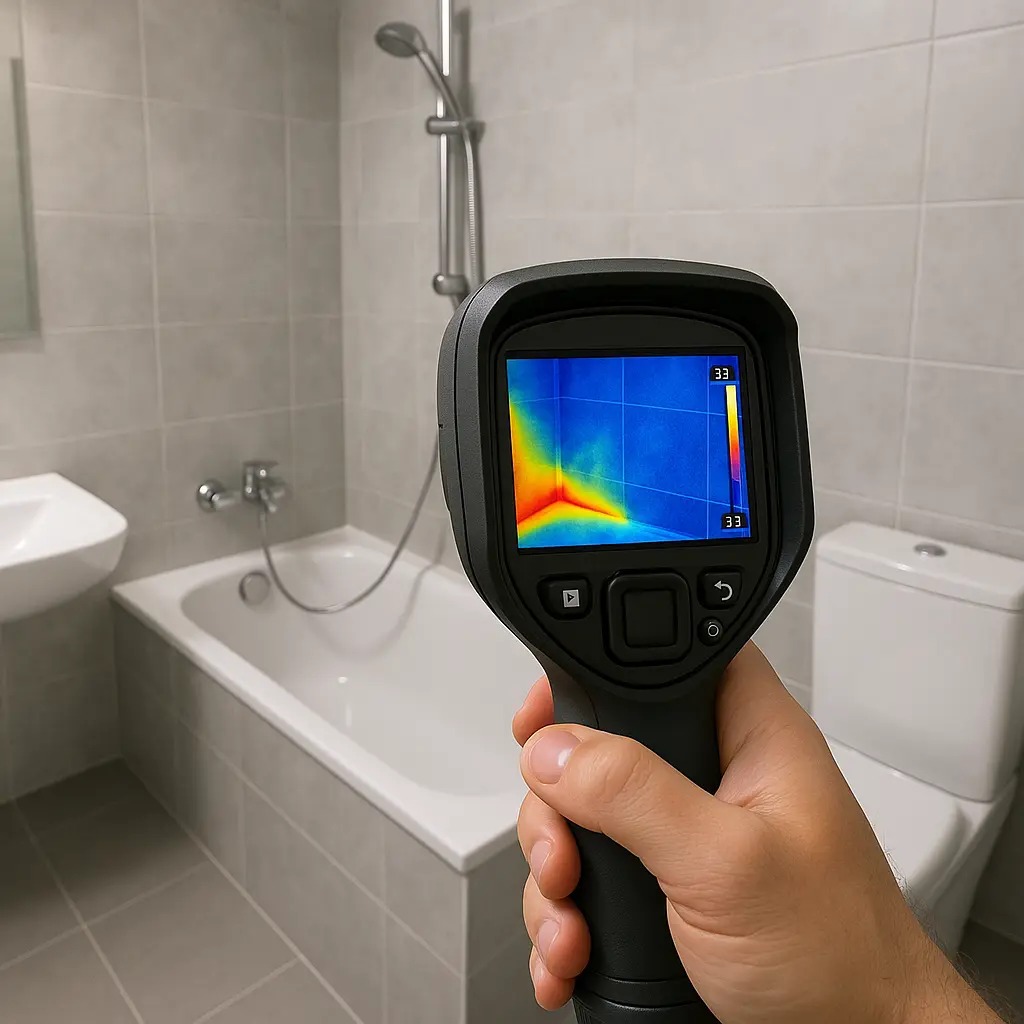Understanding the Silent Threat of Leaks
Water leaks, often concealed within the walls or beneath the floors of a home, pose a significant risk to both property and peace of mind. These hidden drips and seeps can go unnoticed for weeks or even months, quietly causing damage that ranges from minor inconveniences to catastrophic structural failures. The challenge lies in identifying these issues before they escalate, requiring homeowners to develop a keen sense of observation and a proactive approach. The process to find a leak begins with recognizing subtle signs, such as unexplained increases in water bills, damp spots on walls, or the faint sound of running water when no taps are in use. Addressing these issues promptly can save thousands in repairs and preserve the integrity of a home.
The consequences of ignoring a leak are far-reaching. Beyond the obvious water wastage, leaks can foster mold growth, weaken wooden structures, and erode foundational elements. In older homes, where plumbing systems may be outdated, the risk is even higher. Homeowners must remain vigilant, as even a small drip can lead to significant problems over time. Understanding the potential impact of leaks underscores the importance of early detection and swift action.
Signs That Indicate a Hidden Leak
Recognizing the indicators of a hidden leak is the first step toward resolution. Homeowners may notice a persistent musty odor, particularly in enclosed spaces like basements or crawlspaces, which often points to moisture accumulation. Discoloration on walls or ceilings, such as yellowing or bubbling paint, can also signal water seepage. In some cases, floors may feel unusually soft or warped, hinting at water damage beneath the surface. Another clue is the sound of dripping or hissing in the absence of visible water usage, which can guide efforts to track a leak to its source.
Monitoring water usage patterns is another effective strategy. A sudden spike in water bills, despite no change in household habits, often indicates a leak. Homeowners can perform a simple test by turning off all water-using appliances and checking the water meter. If the meter continues to run, a leak is likely present. These signs, though subtle, provide critical clues that enable early intervention and prevent extensive damage.
Methods to Locate the Source
Once a leak is suspected, pinpointing its exact location becomes the priority. The process to find a leak often begins with a thorough visual inspection of exposed pipes, faucets, and fixtures. Checking under sinks, around toilets, and near appliances like water heaters can reveal obvious issues, such as loose connections or corroded pipes. However, many leaks are hidden within walls or underground, requiring more advanced techniques.
One effective method is to use specialized equipment, such as acoustic listening devices, which amplify the sound of water escaping from pipes. These tools allow professionals to detect even the faintest drips in hard-to-reach areas. Thermal imaging cameras can also be employed to identify temperature differences caused by water leaks, particularly in walls or floors. For underground leaks, pressure testing the plumbing system can help isolate the problem area. By systematically narrowing down the possibilities, homeowners and professionals can track a leak with precision, minimizing disruption to the property.
Taking Action to Repair Leaks
Once the source of a leak is identified, swift action is essential to mitigate damage. For minor leaks, such as those at a faucet or pipe joint, tightening connections or applying sealants may suffice. However, more significant issues, such as burst pipes or extensive corrosion, often require professional intervention. Replacing damaged sections of pipe or upgrading outdated plumbing systems can prevent future leaks and improve overall efficiency.
In cases where leaks have caused secondary damage, such as mold or structural weakening, remediation efforts must extend beyond the plumbing repair. Removing affected materials, drying out the area, and treating for mold are critical steps to restore a safe living environment. Homeowners should also consider preventive measures, such as installing water leak detection systems that alert them to potential issues in real-time. These proactive steps can significantly reduce the risk of future leaks and their associated costs.
Preventing Future Leaks
Prevention is the cornerstone of effective leak management. Regular maintenance of plumbing systems, including inspecting pipes for signs of wear and ensuring proper insulation in colder climates, can stop leaks before they start. Homeowners should also be mindful of water pressure, as excessively high pressure can strain pipes and lead to failures over time. Installing pressure regulators can help maintain safe levels and extend the lifespan of the plumbing system.
Educating household members about proper water usage can also play a role in prevention. Avoiding the disposal of grease, food scraps, or harsh chemicals down drains reduces the likelihood of clogs and pipe damage. Additionally, scheduling periodic professional inspections can catch potential issues early, allowing for timely repairs. By adopting these habits, homeowners can create a robust defense against the costly and disruptive effects of water leaks.
The Importance of Timely Intervention
The journey to track a leak and resolve it is not just about fixing a pipe; it’s about protecting a home and its occupants from the cascading effects of water damage. Delaying action can transform a minor issue into a major expense, with repairs potentially costing thousands and requiring extensive renovations. Beyond the financial burden, leaks can disrupt daily life, forcing residents to contend with water shutoffs, construction noise, and the stress of property damage.
Acting quickly, whether by addressing small leaks personally or seeking professional help for complex issues, is critical. The sooner a leak is detected and repaired, the less damage it will cause. Homeowners who remain proactive, observant, and prepared can safeguard their properties and maintain peace of mind, knowing they’ve taken steps to address one of the most common yet preventable household challenges.





Comments